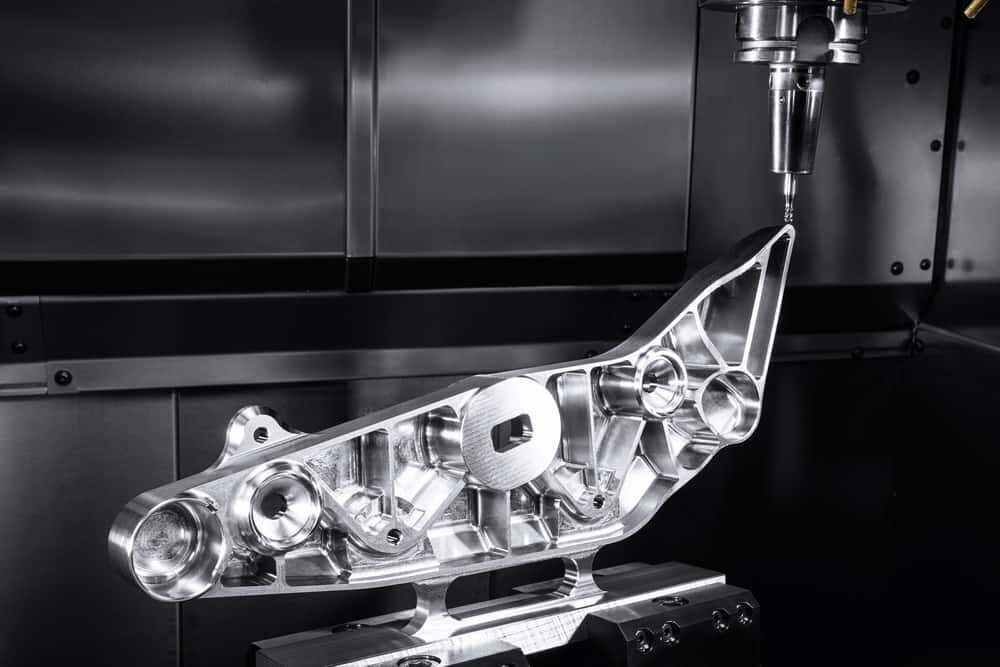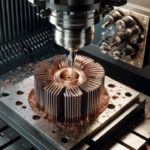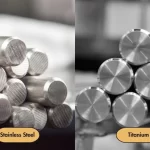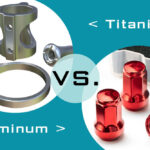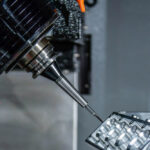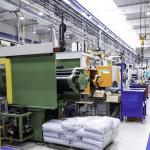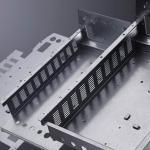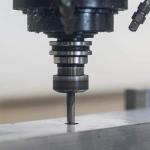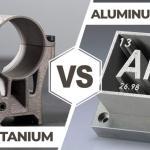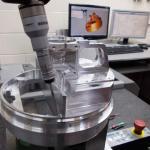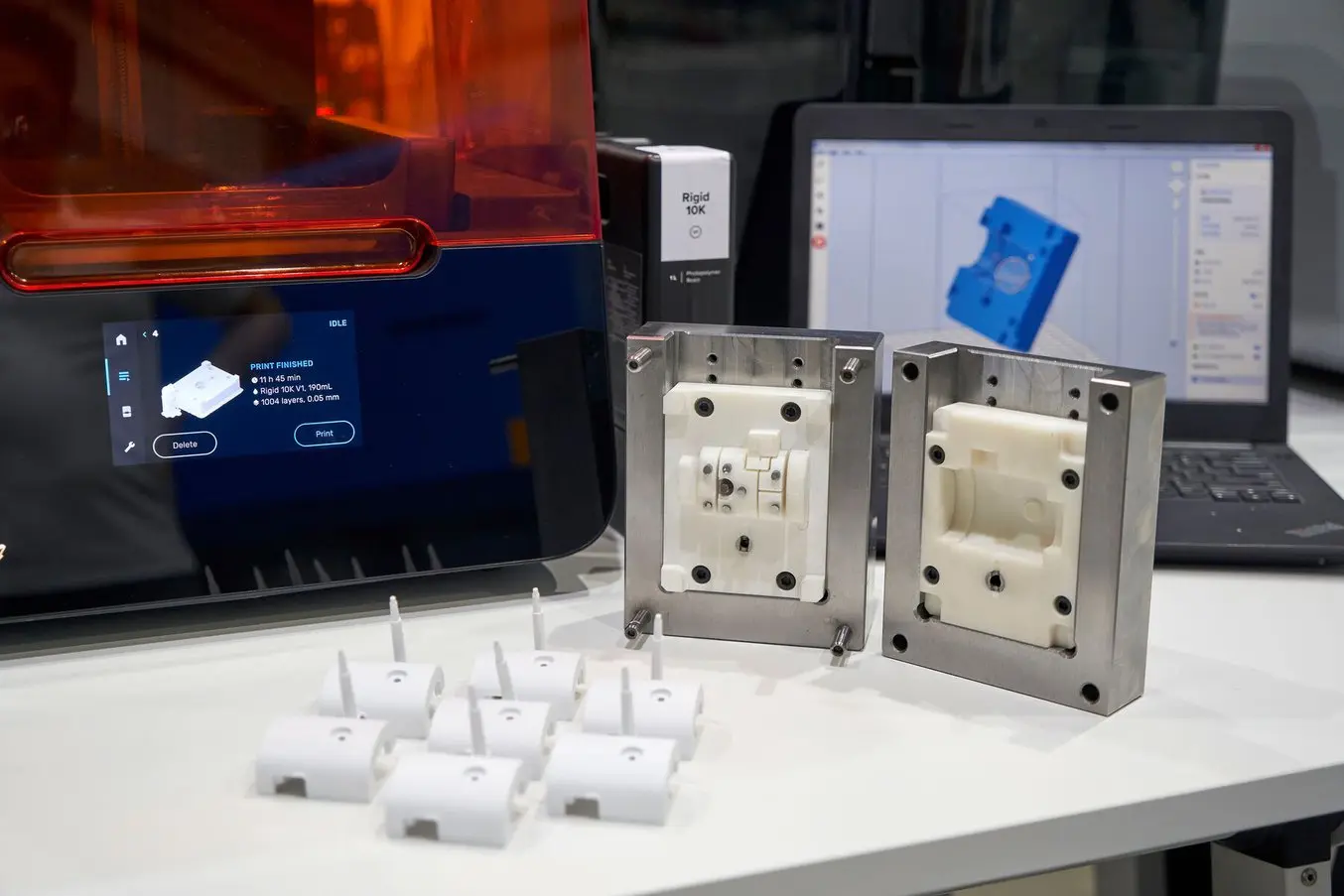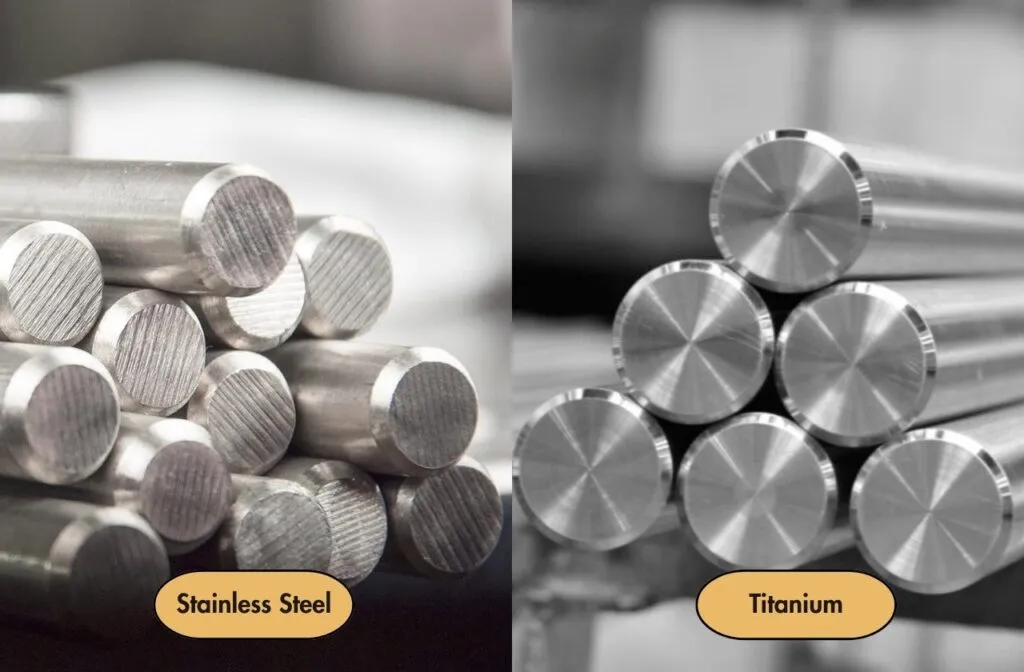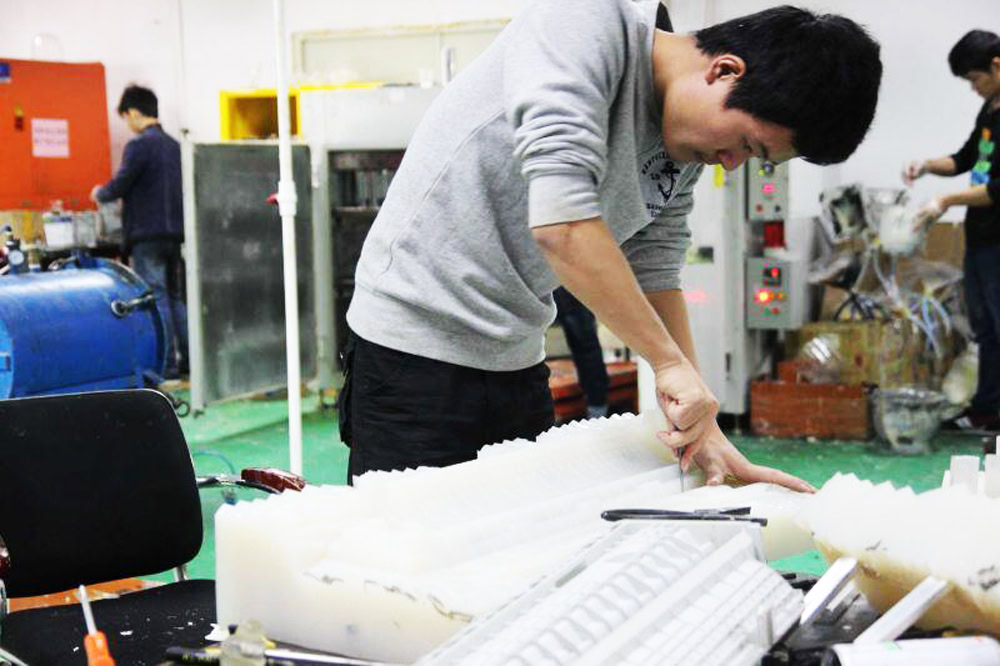CNC machining has revolutionized the way aerospace parts are produced and assembled. With its precision and accuracy, CNC machining has become an essential tool in aerospace manufacturing. From creating intricate engine parts to crafting fuselage components, CNC machining is widely used in the aerospace industry. However, CNC machining aerospace parts is not a simple process – it requires attention to detail and expert knowledge. This guide will walk you through everything you need to know about CNC machining aerospace parts.
Table of Contents
ToggleCNC Machining For Aerospace
Aerospace CNC machining is a widely used technique in the aerospace industry to manufacture complex and precision components for aircraft, spacecraft, and defense applications. The machining process involves the use of computer-controlled machinery to cut, drill, and shape materials such as aluminum, titanium, and other exotic alloys.Aerospace CNC machining is a process of creating aircraft components with the use of computer numerical control (CNC) machines. A CNC machine utilizes advanced software and precision equipment to cut and shape materials into complex geometries that are difficult to achieve using conventional tools. The CNC machine controls the cutting tool’s movement and path, enabling the manufacturing of high-precision components.

Materials For CNC Machining Aerospace Parts
In the world of aerospace engineering, CNC machining is crucial in the production of durable and reliable components that can withstand extreme conditions. A combination of high precision and high strength is required in the creation of aircraft parts, which can only be achieved by using materials capable of resisting corrosion and heat, while still being lightweight. We will examine some of the most commonly used materials for aerospace CNC machining.

1. Aluminum
Aluminum is a popular choice for aerospace components due to its lightweight and corrosion-resistant properties. It can be easily machined with CNC technology and is highly ductile, making it an ideal material for complex CNC parts designs. Aluminum alloys like 2024 and 7075 are commonly used in aircraft, with 2024 being used for structural components and 7075 for higher stress applications like landing gear.
2. Titanium
Titanium is known for its high strength-to-weight ratio, making it a preferred choice for aerospace where weight reduction is a top priority. It is also highly corrosion-resistant, which is essential for parts exposed to harsh environmental conditions. Titanium components like engine parts, hydraulic systems, and structural parts require precision CNC machining to ensure accurate dimensions and tolerances.
3. Magnesium
Magnesium is the lightest of all structural metals, making it an excellent material for weight-sensitive components in the aerospace industry. It has excellent thermal conductivity and is easy to machine with CNC technology, making it highly desirable for low-stress applications like aircraft interiors, seat frames, and luggage compartments.
4. Beryllium
Beryllium is one of the lightest materials with a high stiffness-to-weight ratio. This makes it an attractive choice for aerospace components that require high stiffness, such as telescopes, mirrors, and satellites. However, beryllium is difficult to machine due to its high toxicity, and CNC parts designers must take necessary precautions when working with this material.
5. Carbon Composites
Carbon composites are a popular choice for aerospace components and are gaining widespread attention due to their high strength and durability. They are made by combining carbon fiber and epoxy resin, resulting in lightweight and stiff structures that are fatigue-resistant and able to withstand extreme weather conditions. Carbon composites are widely used in the aerospace industry for aircraft skins, wings, and landing gear.
6.Stainless Steel
Stainless steel is known for its resistance to corrosion and ability to withstand extreme conditions. It is also impressively durable and provides high tensile strength. In CNC machining, it is often used in the production of jet engines, where it is essential that the material is capable of resisting extreme temperatures which can cause mechanical failure. Although it is stronger than aluminum, its weight makes it less suitable for use in components where weight is a concern.
7.Inconel
Inconel is a superalloy that is ideal for CNC machining in the aerospace industry due to its ability to withstand high temperatures and pressure. It is often used in high-stress applications like jet engines, where it provides excellent heat resistance and is capable of operating in environments that can cause corrosion. Although it is heavier than titanium, it is still preferred due to its high strength and durability.

8. Acetal
Also known as polyoxymethylene, Acetal is one of the most popular plastic materials used in CNC machining for aerospace parts. It is known for its high strength, low coefficient of friction, and excellent dimensional stability. Acetal is also resistant to many chemicals, and it retains its properties even at high temperatures. The material can be easily machined using CNC machines, and it provides a smooth surface finish and tight tolerances.
9. Nylon
Another popular plastic material used in aerospace parts is Nylon. This thermoplastic material has high strength and toughness, good wear and abrasion resistance, and excellent chemical resistance. Nylon is also lightweight and has good electrical insulating properties, making it ideal for many aerospace applications. When machined using CNC machines, Nylon provides excellent surface finish and high precision parts.
10. PEEK
PEEK or polyetheretherketone is a thermoplastic material that exhibits excellent mechanical properties, chemical resistance, and heat resistance. It also has low friction, high wear resistance, and is lightweight. PEEK is often used in high-performance aerospace applications such as aircraft engines and landing gear. CNC machining PEEK is a complex process that requires specialized equipment and skilled operators but delivers high-quality parts with tight tolerances.
11. Polycarbonate
Polycarbonate is often used in CNC machining for aerospace parts that require transparency or have requirements for high optical clarity. It has excellent impact resistance, good dimensional stability, and is lightweight. Polycarbonate is also resistant to many chemicals and has excellent electrical insulation properties. CNC machines can easily perform intricate tasks on polycarbonate, producing high-quality parts.
12. Ultem
Ultem is a thermoplastic material that is widely used in aerospace manufacturing, especially in applications that require high strength, high-temperature resistance, and excellent dimensional stability. Ultem has excellent chemical resistance, is lightweight, and has low flammability. The material is often used in aerospace applications such as aircraft interior parts, fuel lines, and thrust reverser components. CNC machining Ultem is a complex process that requires specialized equipment and skilled operators, but it produces high-quality parts with tight tolerances.
CNC Machining Aerospace Parts With Precision And Tight Tolerances
Precision and tight tolerances are critical for aerospace CNC machining operations. It is vital for every component to fit correctly and function efficiently to ensure the safety of passengers and crew. CNC machining, which involves the use of computer-controlled tools to manufacture parts with high accuracy, is a preferred method in the aerospace industry.
For example, fuselage sections and aircraft landing gear components require extremely tight tolerances and precision. Therefore, you have to consider and add all the tiny details with the utmost precision to ensure that the aircraft parts function properly.
The tight tolerances and precision required in aerospace CNC machining operations demand an unrivaled level of skill and expertise. Employing the right machines, machining strategies, quality control measures, CAD/CAM software, and trained personnel will help achieve impeccable results. As technology evolves, the aerospace industry will continue to push the manufacturing limits and require manufacturers to come up with innovative techniques and processes to maintain their competitiveness in the market.
AN-Prototype’s CNC machine shop can provide aerospace prototypes and precision machined components to the aerospace industry using advanced CNC machining equipment. Efficient CNC machining helps achieve tolerance levels as high as 0.002 mm, creating aerospace-grade plastics and metals. Additionally, advanced post-processing and inspection systems bring your aerospace prototypes and components to the required standards.
5 Axis CNC Machining For Aerospace Parts
When it comes to manufacturing parts for the aerospace industry, precision and accuracy are of utmost importance. One way to ensure these attributes is by utilizing 5 axis CNC machining. This advanced method of machining allows for greater flexibility and complexity in part design, ultimately resulting in parts with superior quality and functionality.
What Is 5 Axis CNC Machining?
5 axis CNC machining is a process that allows for a high degree of precision and complexity when machining parts. Unlike traditional CNC machines, 5 axis machines have the ability to move the cutting tool in five different directions: X, Y, Z, as well as rotational motion around the X and Y axes. This allows for greater flexibility in part design and the ability to create more intricate shapes and features.When it comes to manufacturing parts for the aerospace industry, accuracy is crucial. By utilizing 5 axis CNC machining, manufacturers can create parts with much higher precision and accuracy, resulting in better fit and performance in the final product. Additionally, 5 axis machines can create parts with more complex geometries, allowing for greater design flexibility and functionality.
Applications Of 5 Axis CNC Machining In Aerospace
5 axis CNC machining is useful for a wide range of aerospace applications, from turbine blades to engine components and beyond. One of the main advantages of 5 axis machining is its ability to create parts with more intricate shapes and features, making it ideal for use in complex aerospace applications where precision and accuracy are paramount.
Choosing The Right CNC Machine For Aerospace Machining
When it comes to choosing the right CNC machine for aerospace part manufacturing, there are a few key factors to consider. First and foremost, the machine should be able to handle the materials you will be working with, whether that be aluminum, steel, titanium, or another material. Additionally, the machine should have the necessary features and capabilities to create parts with the required precision and complexity.
Strategies For CNC Machining Aerospace Parts
1. Use high-quality materials – One of the most important strategies for machining aerospace parts is to use high-quality materials. You need to make sure the materials you are using are strong enough to withstand the harsh conditions that aerospace components experience. The materials you use should also be lightweight and resistant to corrosion. Some of the most commonly used materials for aerospace components include aluminum alloys, titanium alloys, and composites.
2. Use the right tooling – Using the right tooling is essential for CNC machining aerospace parts. You need to use tools that are capable of cutting through the materials you are using without causing any damage. The tools you use should also be able to provide a smooth finish and excellent dimensional accuracy. You may need to use different types of tools depending on the type of material you are machining.
3. Implement tight tolerances – Tight tolerances are extremely important when machining aerospace components. You need to ensure that the parts you are machining are accurate and meet all the required specifications. This is especially important for parts that will be used in critical applications such as avionics or flight controls. Using advanced metrology equipment can help you achieve the required tolerances.
4. Control heat – Controlling heat is crucial when machining aerospace parts. The high temperatures generated during machining can cause the materials to deform or crack. This can affect the strength and reliability of the components. Using coolants and lubricants can help you control the temperature and prevent heat-related damage. You should also make sure that your machining environment is properly ventilated.
5. Implement efficient workflows – Finally, implementing efficient workflows is another important strategy for CNC machining aerospace parts. You need to have a well-organized and streamlined workflow to ensure that you can maintain high levels of productivity while maintaining quality standards. This may involve using advanced software for CAD/CAM, implementing automated processes, or optimizing your toolpath strategies.
surface treatment For CNC Machining Aerospace Parts
Surface treatment is an essential step in the CNC machining process for aerospace parts. The type of surface treatment used depends on the material, functionality, and the customer’s needs. Anodizing, electroplating, passivation, powder coating, and hardcoat are some of the common surface treatment techniques used in the aerospace industry. Proper surface treatment enhances the appearance, durability, and performance of the parts, leading to a higher-quality final product.
1. Anodizing
Anodizing is a popular surface treatment that involves the use of an electrolytic solution to create a protective oxide layer on the surface of the material. Anodizing improves the durability, corrosion resistance, and appearance of the aerospace parts. The anodized layer may also act as a primer for paint or other organic finishes. Anodizing can be done in multiple colors and thicknesses to suit the customer’s needs.
2. Electroplating
Electroplating is a technique used to apply metallic coatings on the surface of the aerospace parts. The electroplating process involves the deposition of a layer of metallic ions onto the surface of the material. The metallic coating improves the aesthetics, corrosion resistance, and mechanical properties of the part. Several materials can be used for electroplating, including nickel, gold, and chrome.
3. Passivation
Passivation is a surface treatment technique that involves the use of an acidic solution to remove surface contaminants from the aerospace parts. The passivation process improves the corrosion resistance of the material by creating a passive oxide layer on the surface. Passivation is commonly used for stainless steel and other corrosion-resistant alloys.
4. Powder coating
Powder coating is a surface treatment method that involves spraying a dry powder onto the surface of the aerospace part and then baking it to form a protective and decorative layer. Powder coating can be done in various colors and thicknesses, and it is used mainly for aluminum and steel parts. Powder coating provides an excellent combination of durability, aesthetics, and protection against corrosion.
5. Hardcoat
Hardcoat is an anodizing technique that uses a thicker electrolytic solution to create a harder and more resistant coating on the material’s surface. The hardcoat layer provides excellent corrosion resistance, wear resistance, and durability. Hardcoat anodizing is commonly used for parts that undergo heavy usage, such as aerospace components.
As one of the most demanding industries, the aerospace sector requires top-quality machined parts. The complexity of its applications demands precision, reliability, and efficiency. Therefore, aerospace parts require a level of quality that cannot be compromised. These parts must perform flawlessly in harsh environments and unforgiving conditions. Luckily, aerospace CNC machining can provide high-quality machining solutions that precisely meet the industry’s standards.
At AN-Prototype, we pride ourselves on providing seamless results for aerospace CNC machining applications. We use advanced technology and software to program the CNC machine, ensuring that the parts produced are precise and consistent. Whether you require prototyping or production, our team of experts is always ready to cater to all your aerospace CNC machining needs. Our wide range of services ensures that our customers are satisfied with the results.
